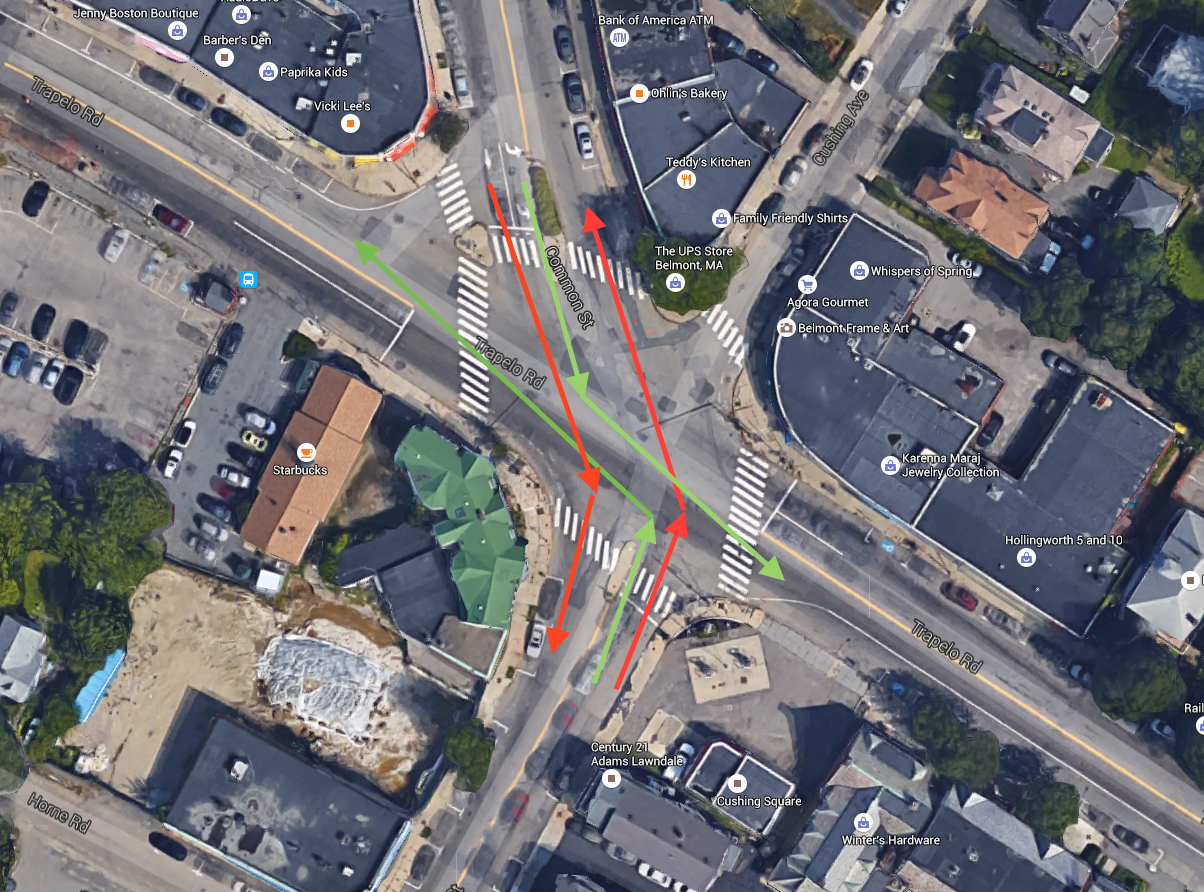22News WWLP reported on the Senate debate on bill S.2014 relative to the automatic license suspension of drivers licenses, and reported that, “Belmont State Senator William Brownsberger told 22News that prison time should be punishment enough. ‘People are starting to realize we’re grinding people down. Okay, we punish them – good, done. Now we have to let them get back on their feet.'”
Sen. Will Brownsberger on sex offender recidivism (9-24-15)
On WRKO’s Morning Show with Kim Carrigan, Senator Brownsberger discussed the work of the Special Commission to Reduce the Recidivism of Sex Offenders (SORC?).
Media coverage of the marijuana ballot questions in MA
Senator Brownsberger supports the move to legalize marijuana and the efforts to put this question on the ballot in 2016. On September 22 he appeared on Broadside and Greater Boston on this issue, as well as being included in various press coverage, all of which can viewed and read here.
Please support H.3242
Senator, To me this seems like a no-brainer. If I want to know if there are GMOs in my food or not, why shouldn’t that info be ALLOWED to be available to me? That’s really the point isn’t it? Please support it. Best regards, Carlos Cerqueira
District Forum on GMOs and GMO Labeling, October 20, 7-9 PM, Watertown
Mark your calendars to attend this GMO Forum hosted by legislators in the 2nd Suffolk and Middlesex District on Tuesday, October 20, 7:00-9:00 PM, Watertown Middle School Auditorium, 68 Waverley Avenue, Watertown. This free public forum features four academic panelists and will provide substantive information on the science, economics, legal and regulatory frameworks, and health/environmental impacts of GMOs. There will be time for audience questions and comments. Please share the event flyer to spread awareness of the forum.
Trapelo/Common Intersection
There has been serious confusion at the reworked Trapelo Road/Common Street intersection, especially for traffic coming from Watertown. Everyone involved is very aware of the confusion and are all working together to make the situation safer, including immediate changes listed in this post. The bottom line: Don’t continue across Trapelo on Common except on the straight green.

